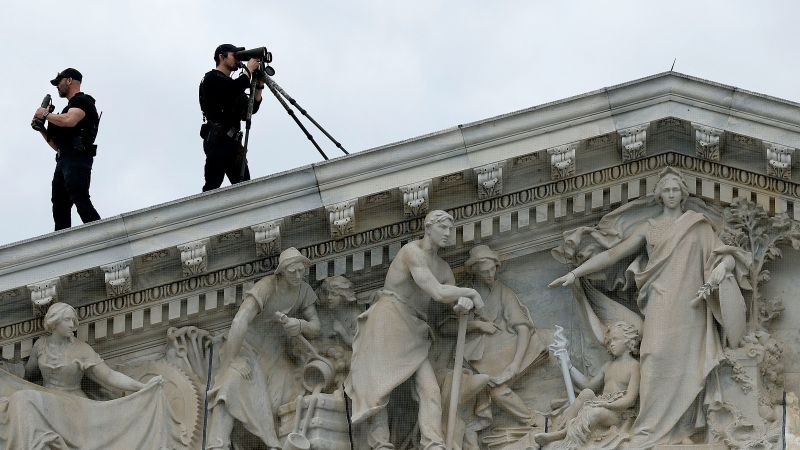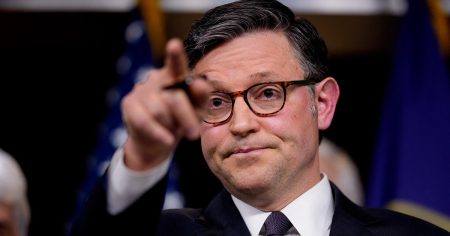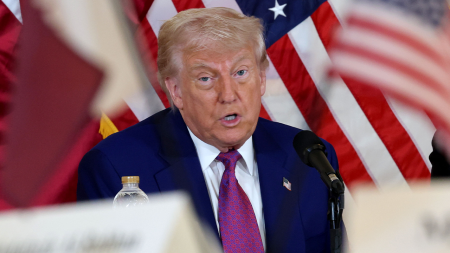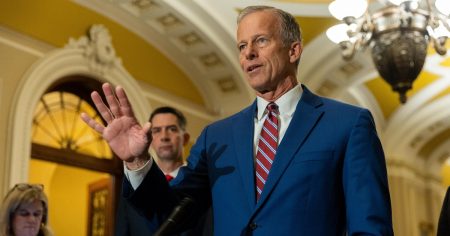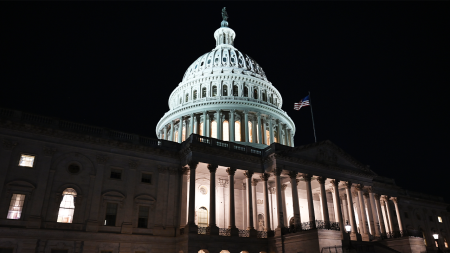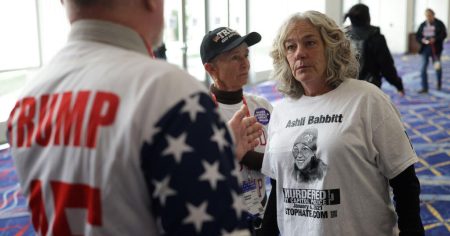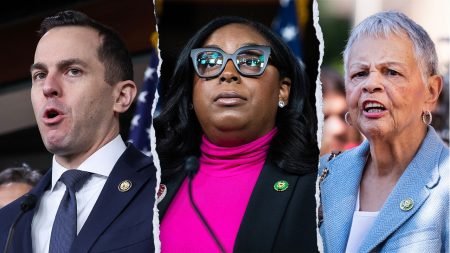Abraham Lincoln faced threats and plots against his life, leading him to take precautionary measures by sneaking into Washington, DC, disguised on a late-night train before his 1861 inauguration. Despite the mocking from his opponents, Lincoln avoided bodyguards during his presidency until his assassination in 1865 at Ford’s Theatre. Following Lincoln’s assassination, Lafayette Baker took on the role of the nation’s top spymaster during the Civil War, while Allan Pinkerton’s Secret Service failed to deliver reliable intelligence on Confederate troops.
It was only on the day Lincoln was shot that legislation was signed, officially creating the US Secret Service within the Treasury Department to tackle the issue of counterfeit money. The agency did not start protecting presidents until 1894 after an assassination plot against President Grover Cleveland was uncovered by agents probing gamblers. Subsequent assassinations of James Garfield in 1881 and William McKinley in 1901 led to the assignment of full-time Secret Service protection for US presidents, with Theodore Roosevelt becoming the first to receive round-the-clock protection during his presidency and subsequent campaigns.
Prior to 1917, threatening presidents was not considered a crime, and Secret Service protection was extended to immediate family members of the president. It was not until after the assassination of Robert F. Kennedy in 1968 that presidential and vice-presidential candidates and nominees received Secret Service protection. The Secret Service remained under the Treasury Department until 2003 when it was moved to the Department of Homeland Security after the 9/11 terror attacks. Today, the Secret Service employs thousands of individuals for protective and investigative missions, securing numerous events and high-profile figures each year.
Recent assassination attempts against former President Donald Trump have raised concerns about the effectiveness of Secret Service protection and led to changes in security protocols at public events. The potential reemergence of Trump as a Republican presidential nominee poses new challenges for the Secret Service, especially in light of his ongoing legal battles and looming sentencing. Recent incidents at Trump’s rallies and golf course demonstrate the evolving threats faced by political figures and the need for heightened security measures to protect them from potential harm.
The Secret Service’s role in safeguarding politicians extends beyond just protecting individuals to securing public spaces and managing disruptions caused by security measures. The response to the recent assassination attempts against Trump has triggered investigations at both state and federal levels, with calls for accountability and potential reforms within the agency. The resignation of the former Secret Service director following the first attempt on Trump’s life adds complexity to the situation and raises questions about the agency’s ability to prevent future threats and ensure the safety of political figures and public officials.
Overall, the history and evolution of the US Secret Service highlight the ongoing challenges faced in protecting leaders and public figures from security threats. As political tensions and risks of violence continue to rise, the Secret Service plays a critical role in maintaining the safety and security of elected officials, candidates, and other high-profile individuals. Despite past failures and shortcomings, the agency remains committed to its mission of safeguarding the integrity and continuity of the US government through its protective and investigative efforts.









